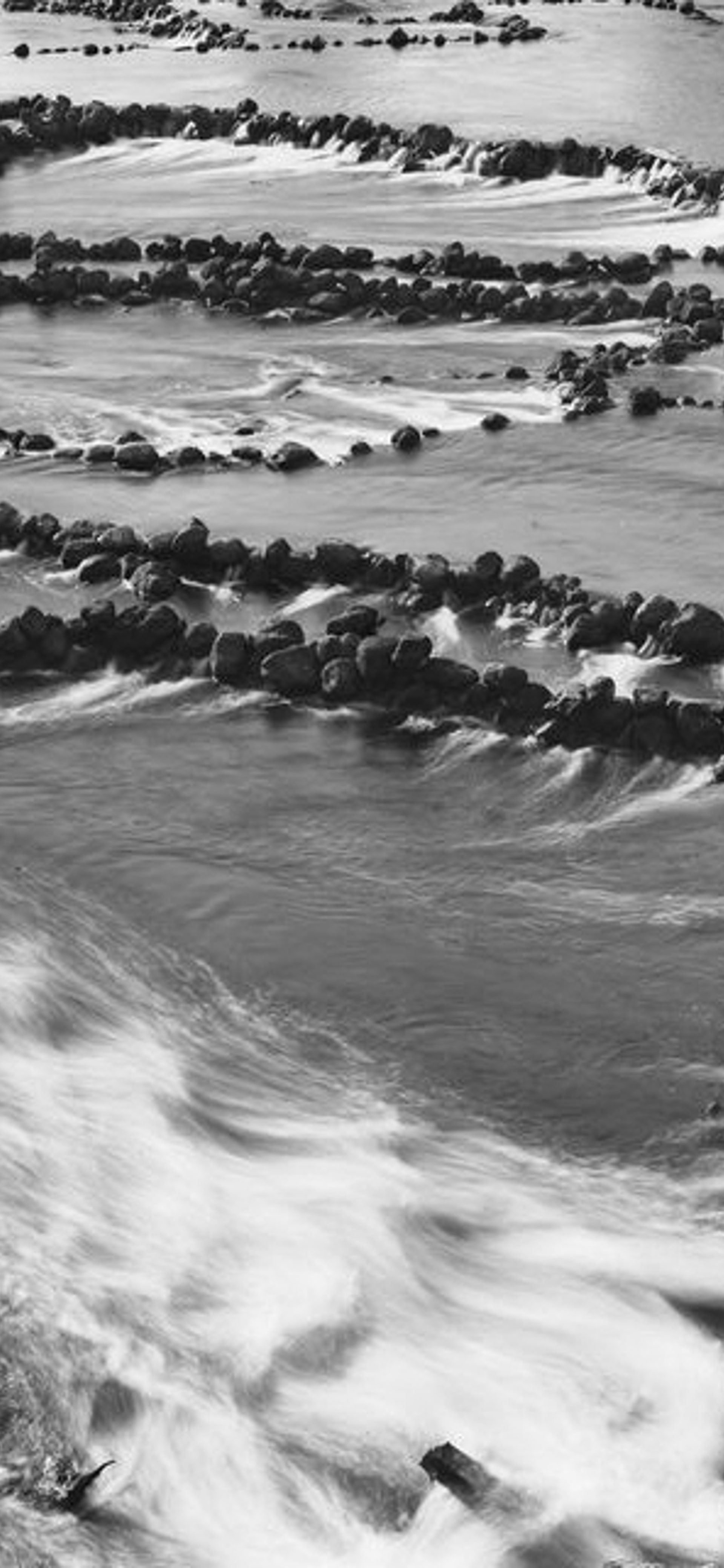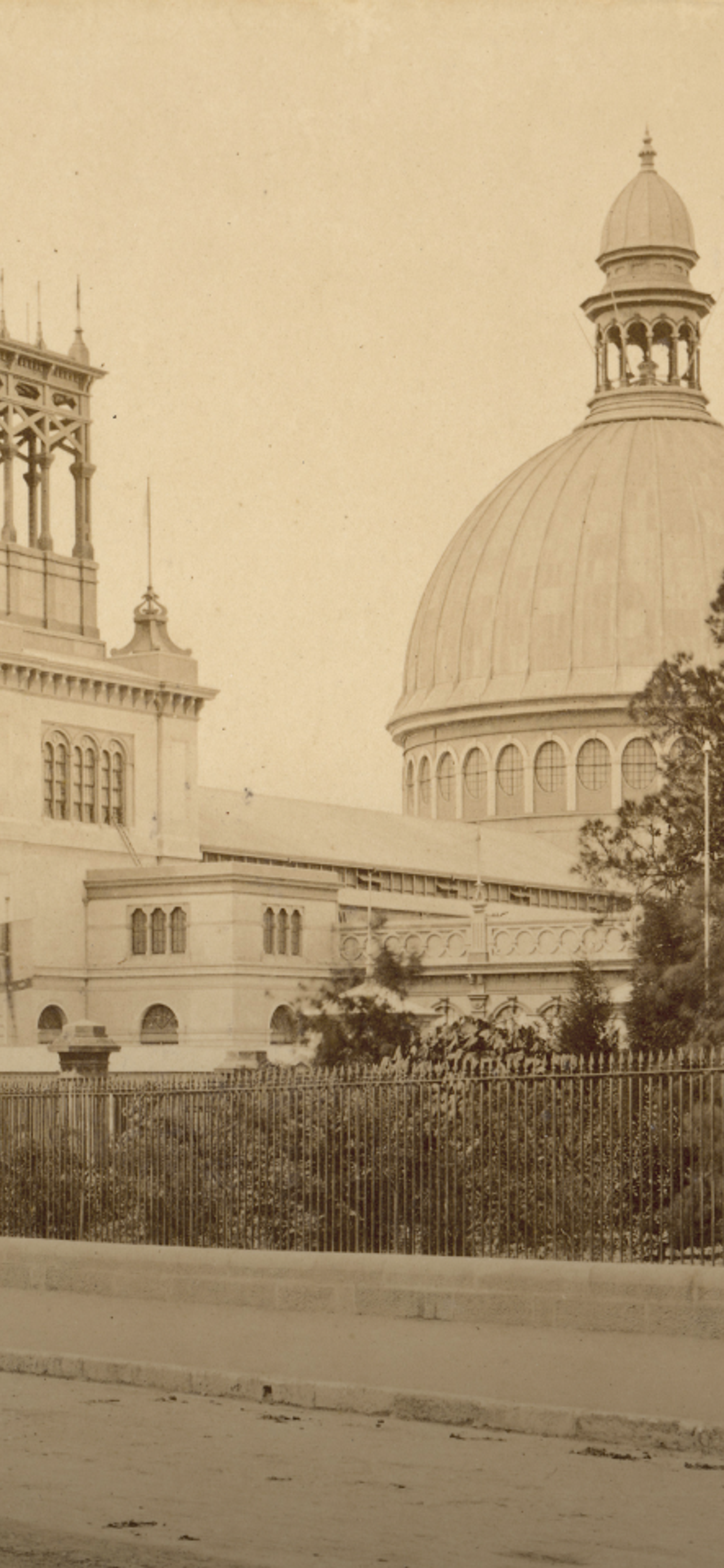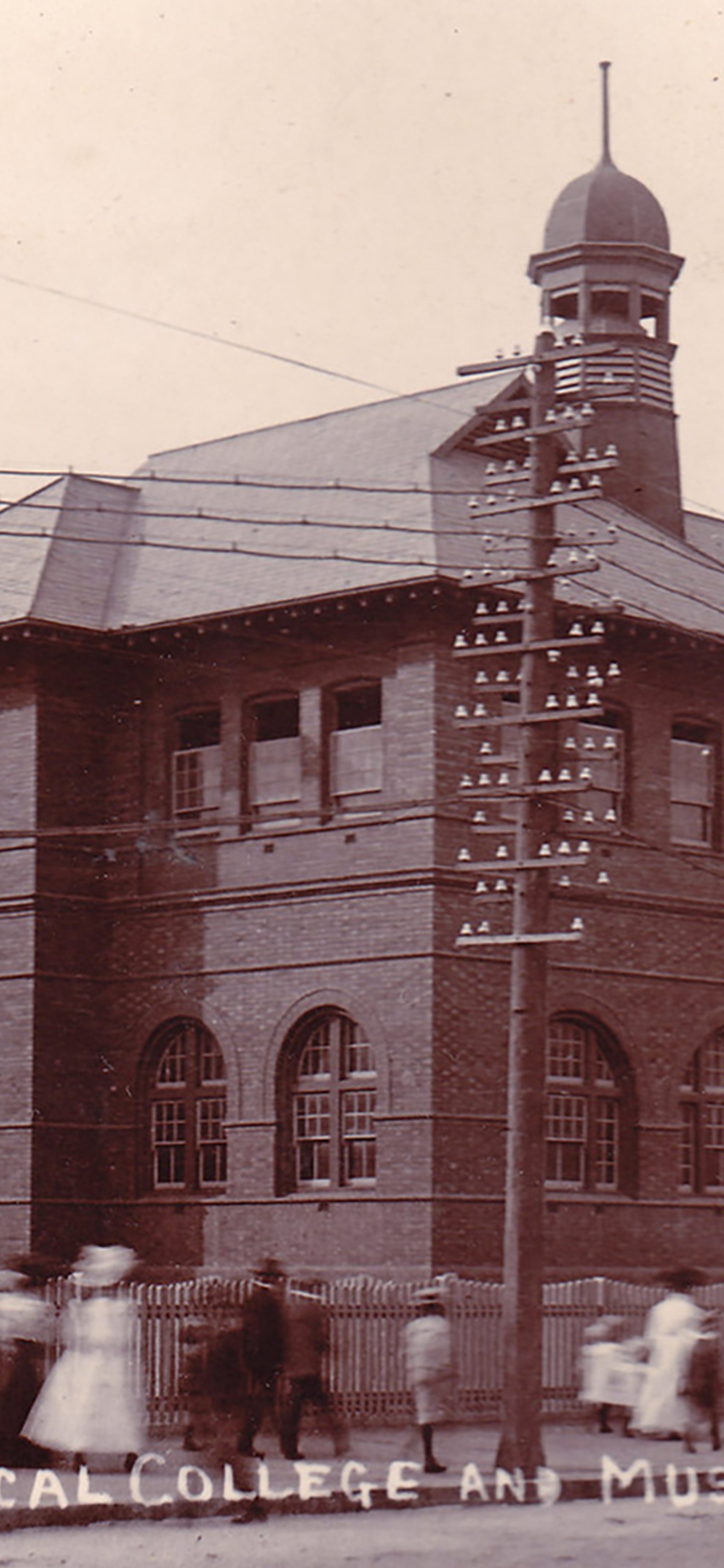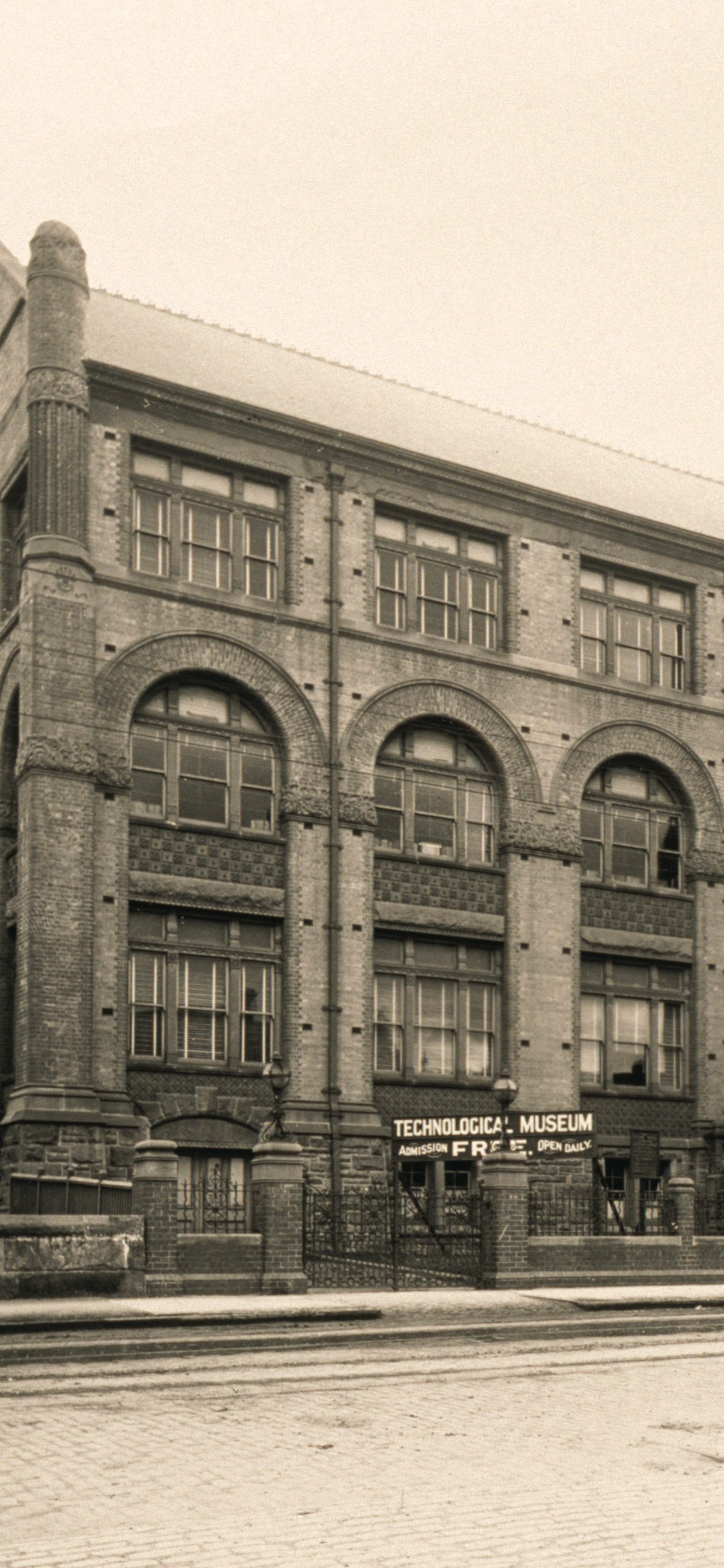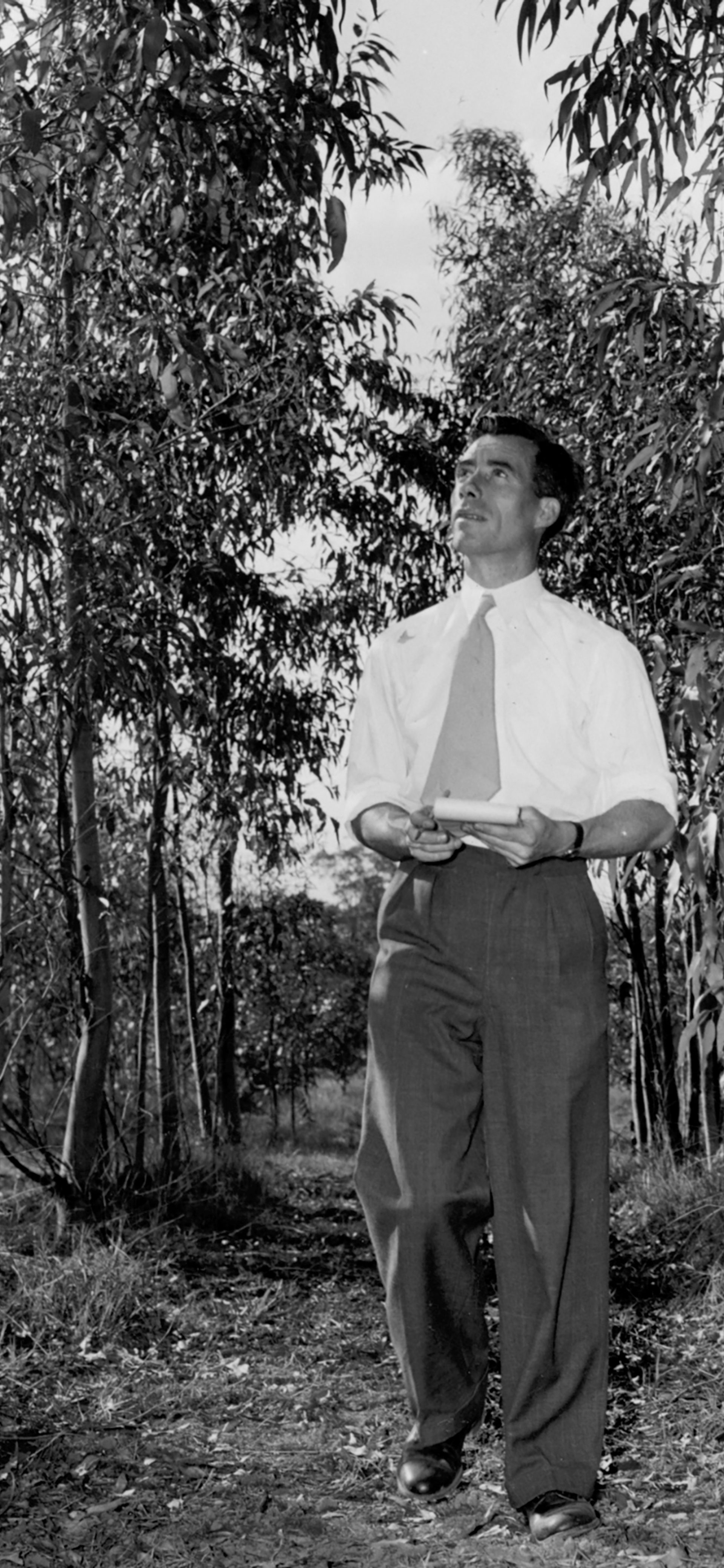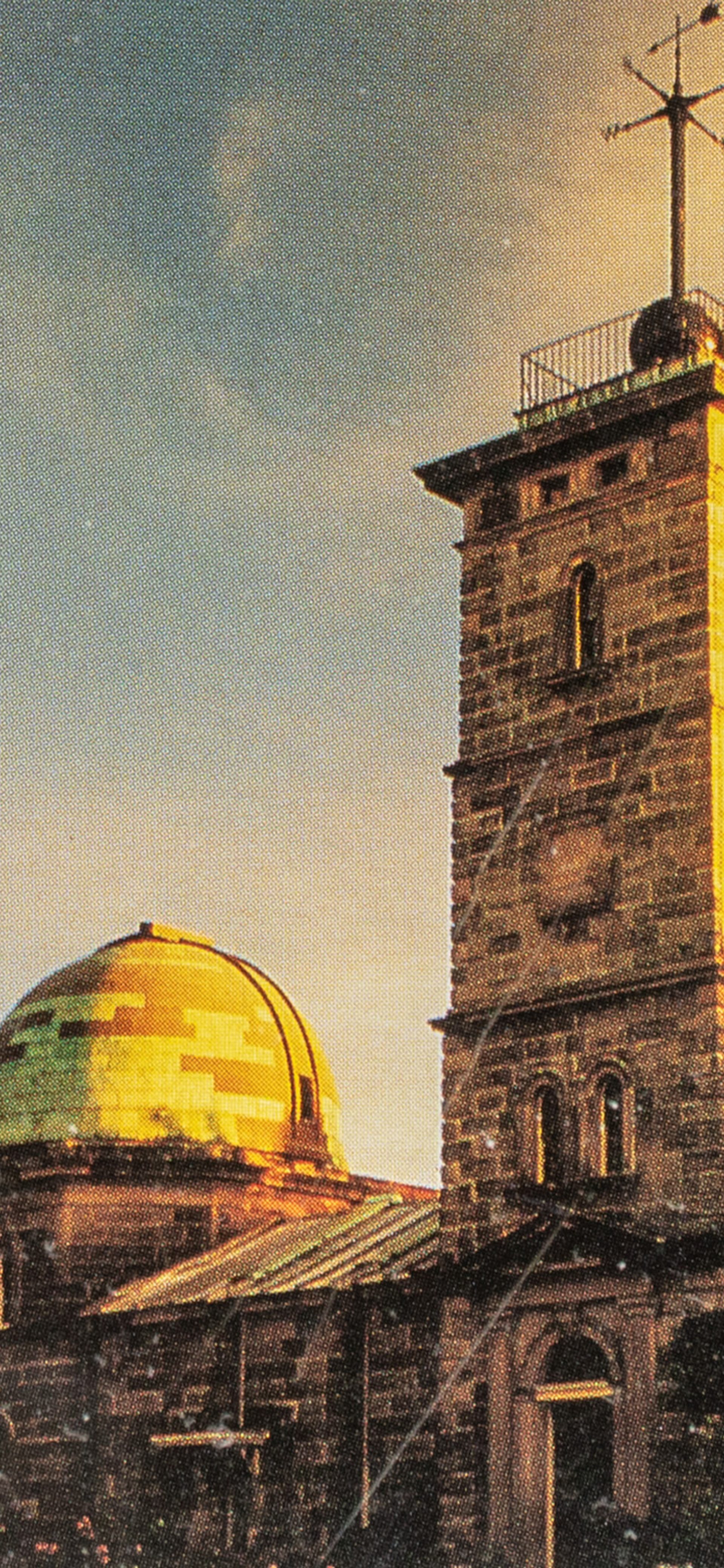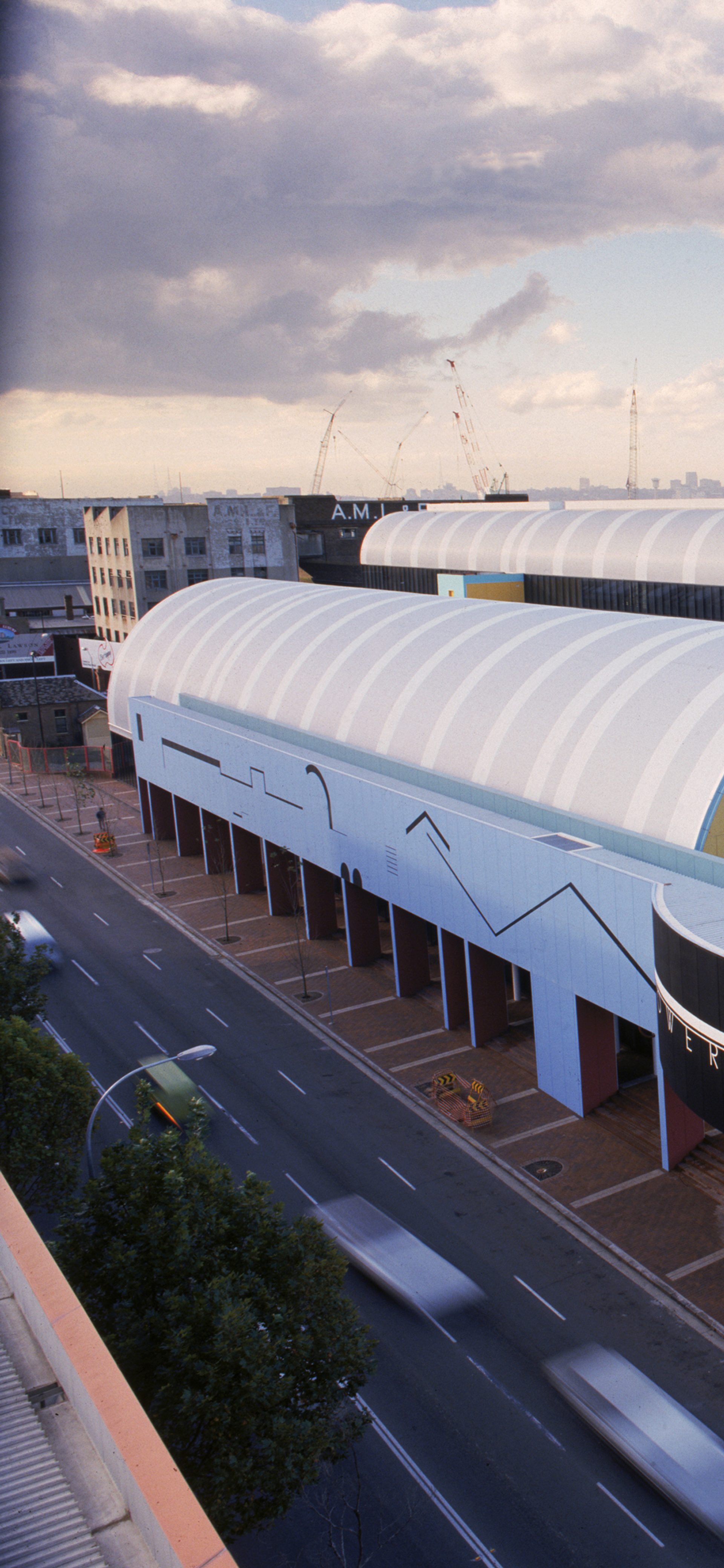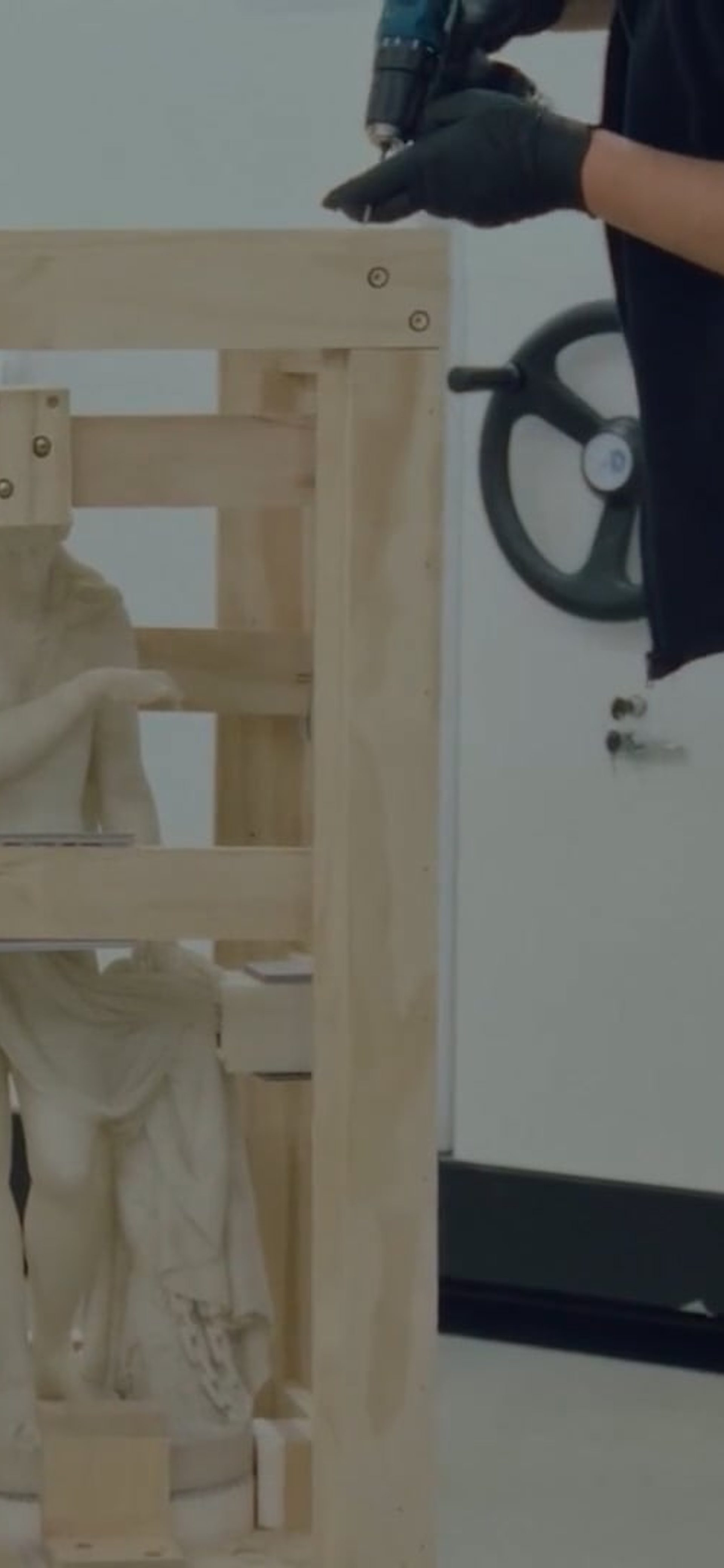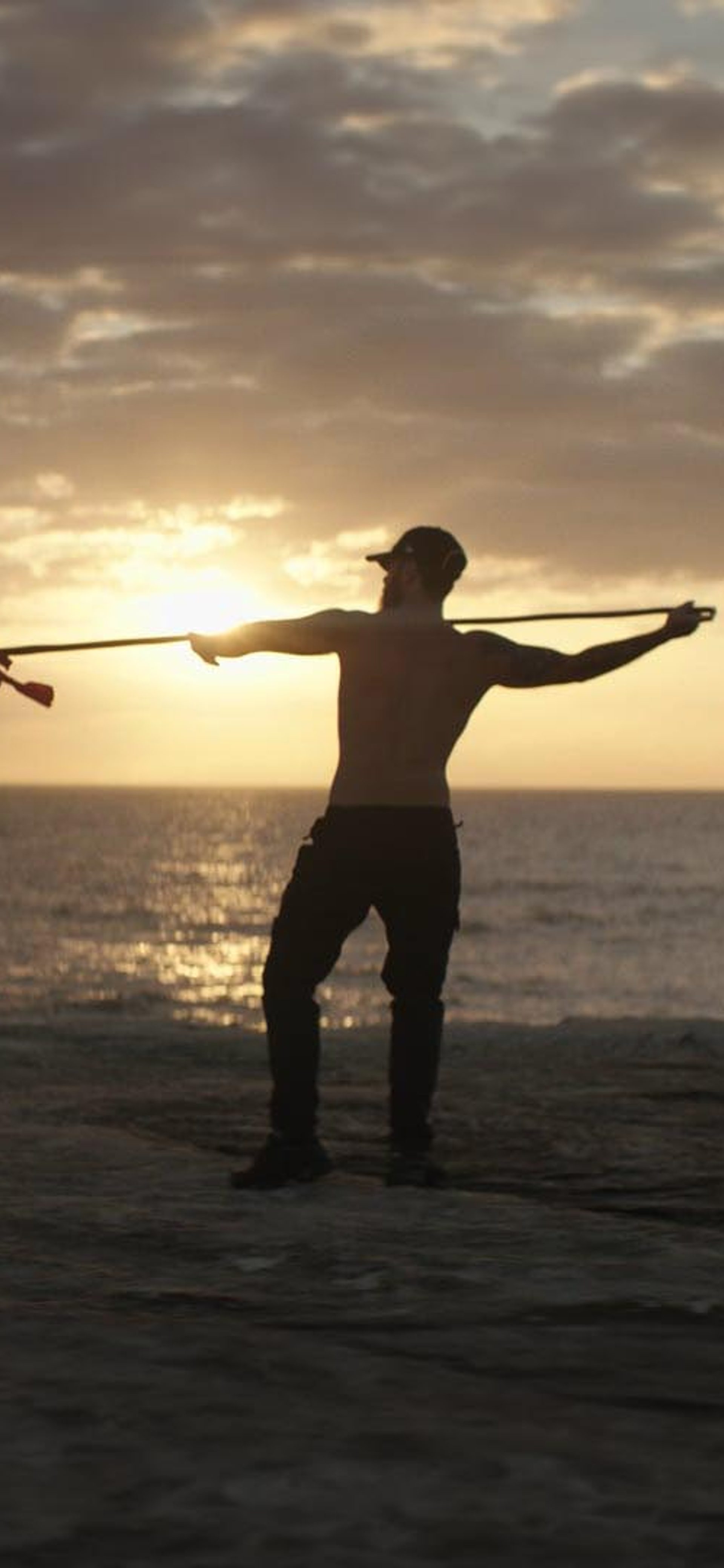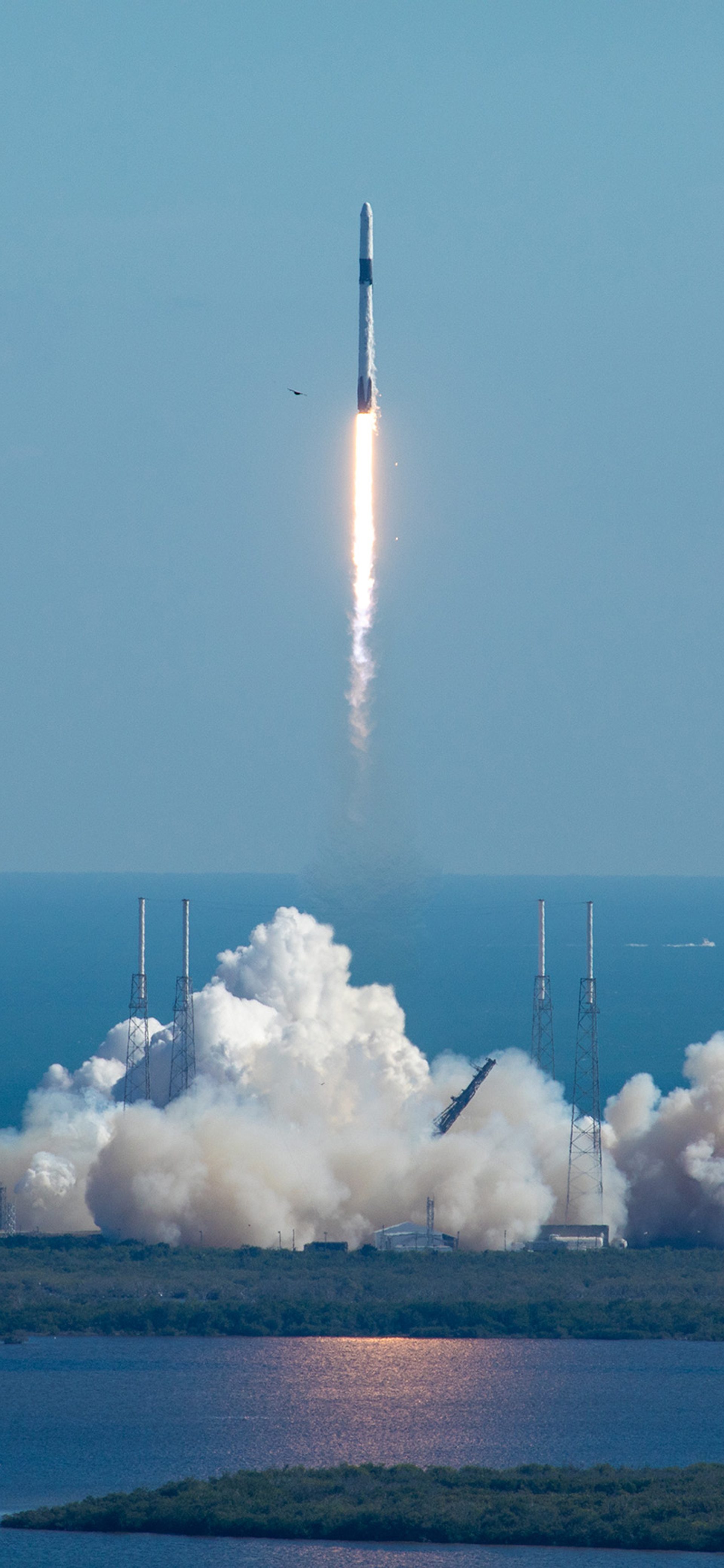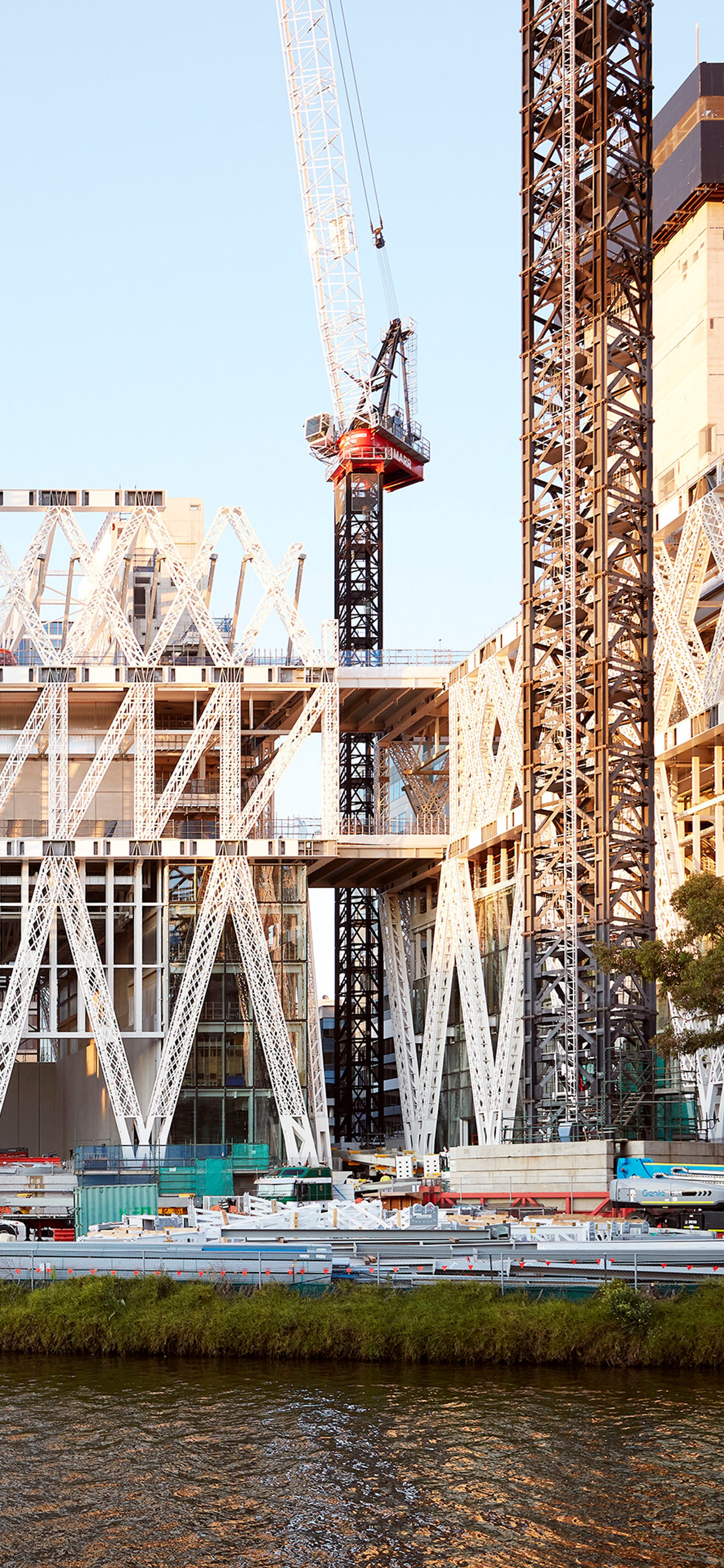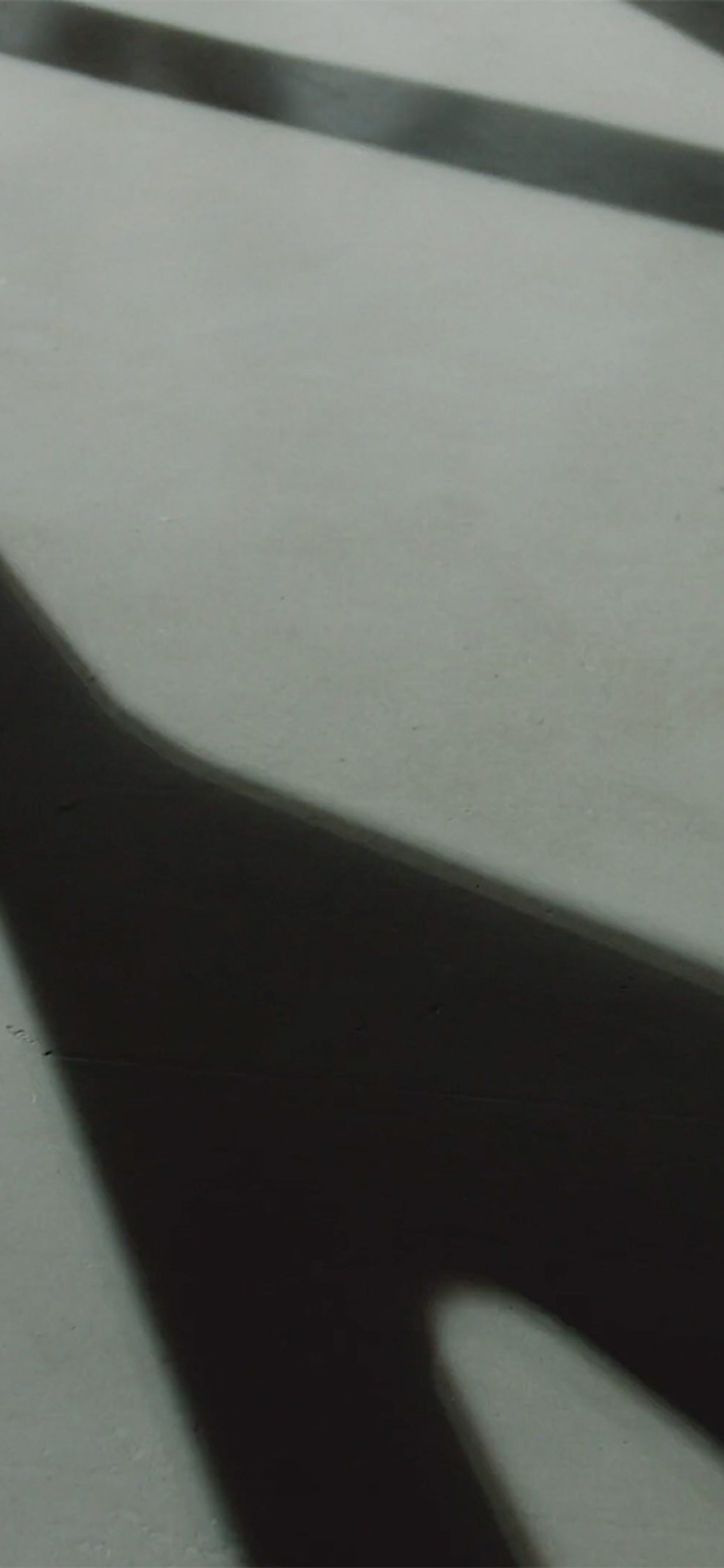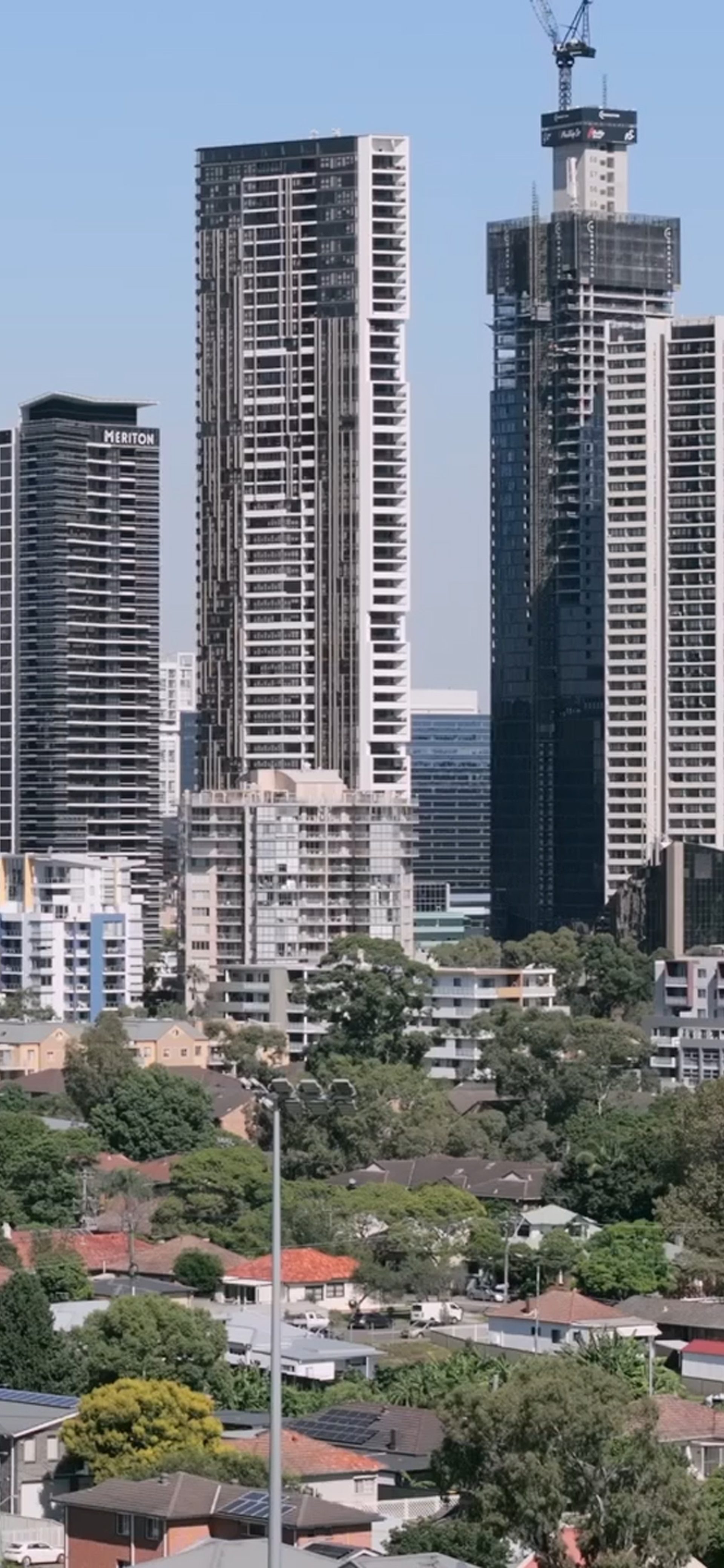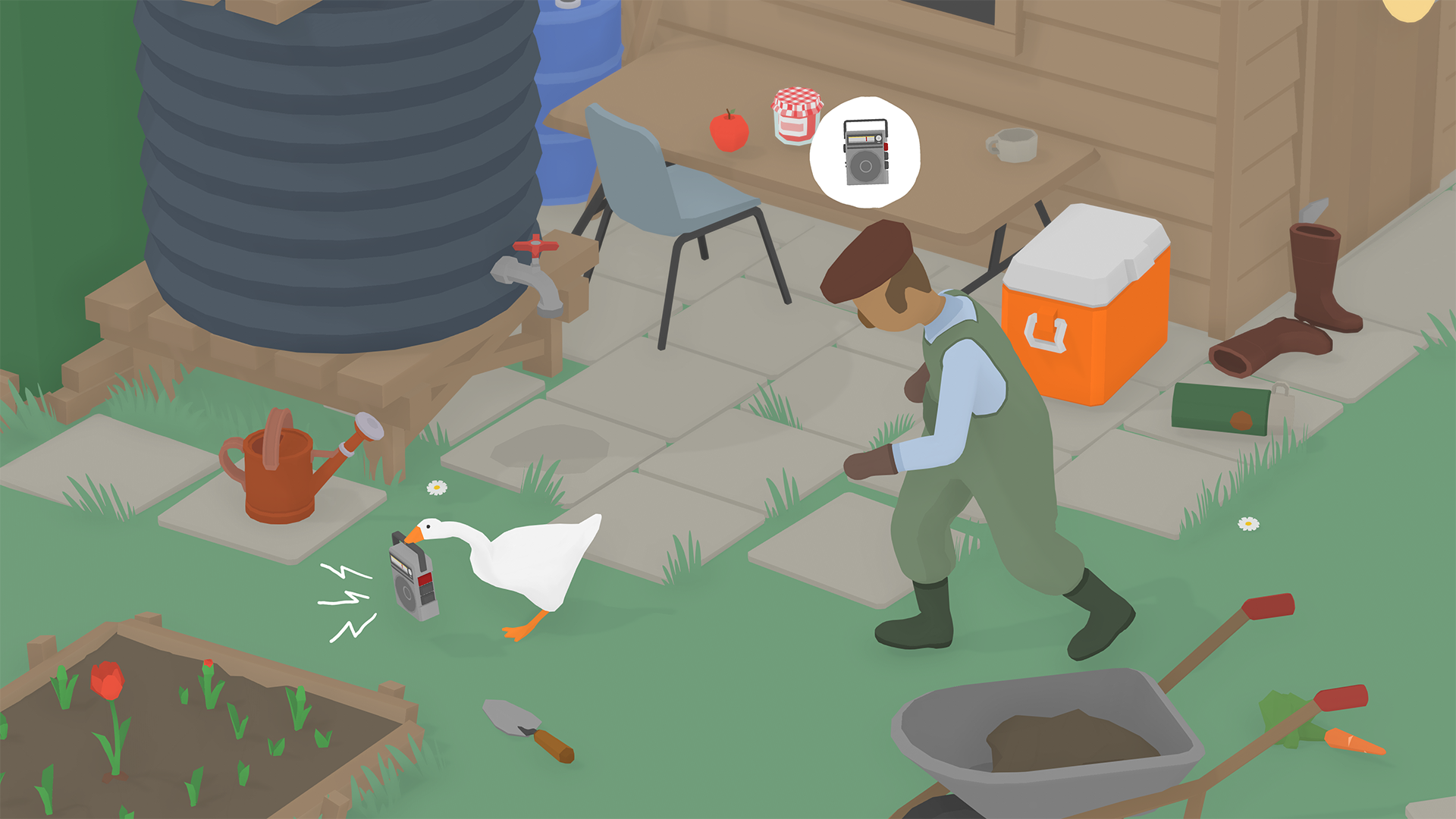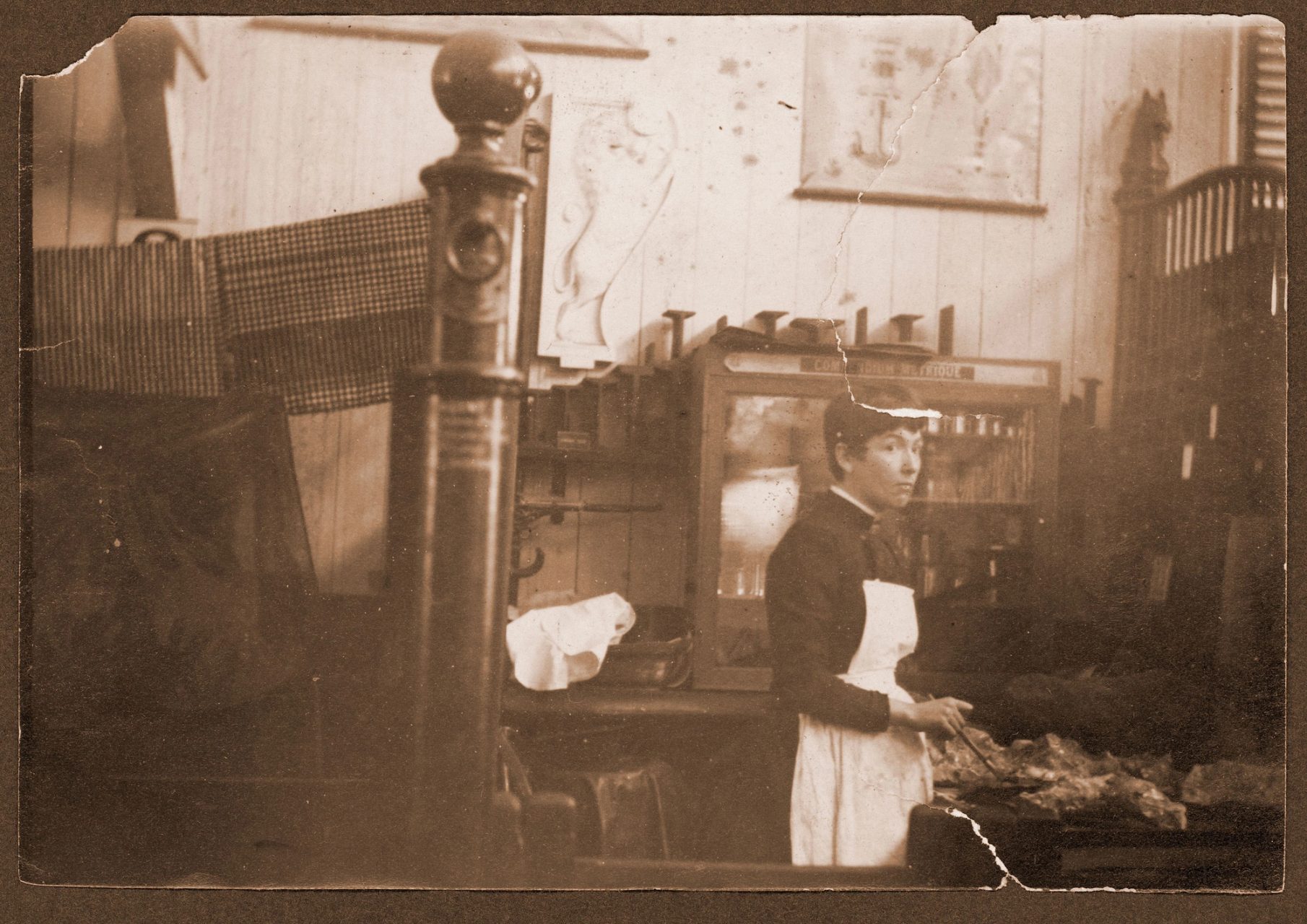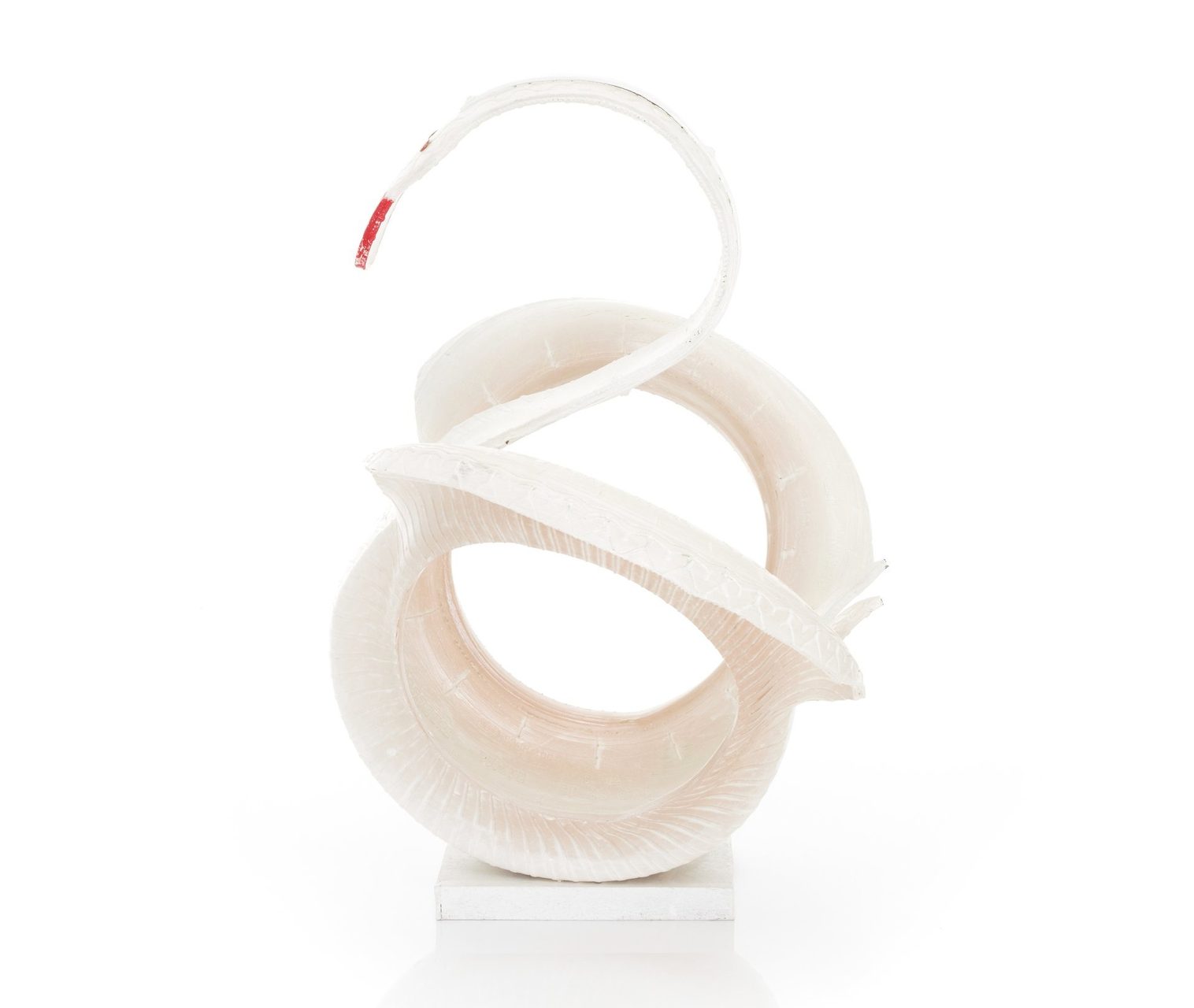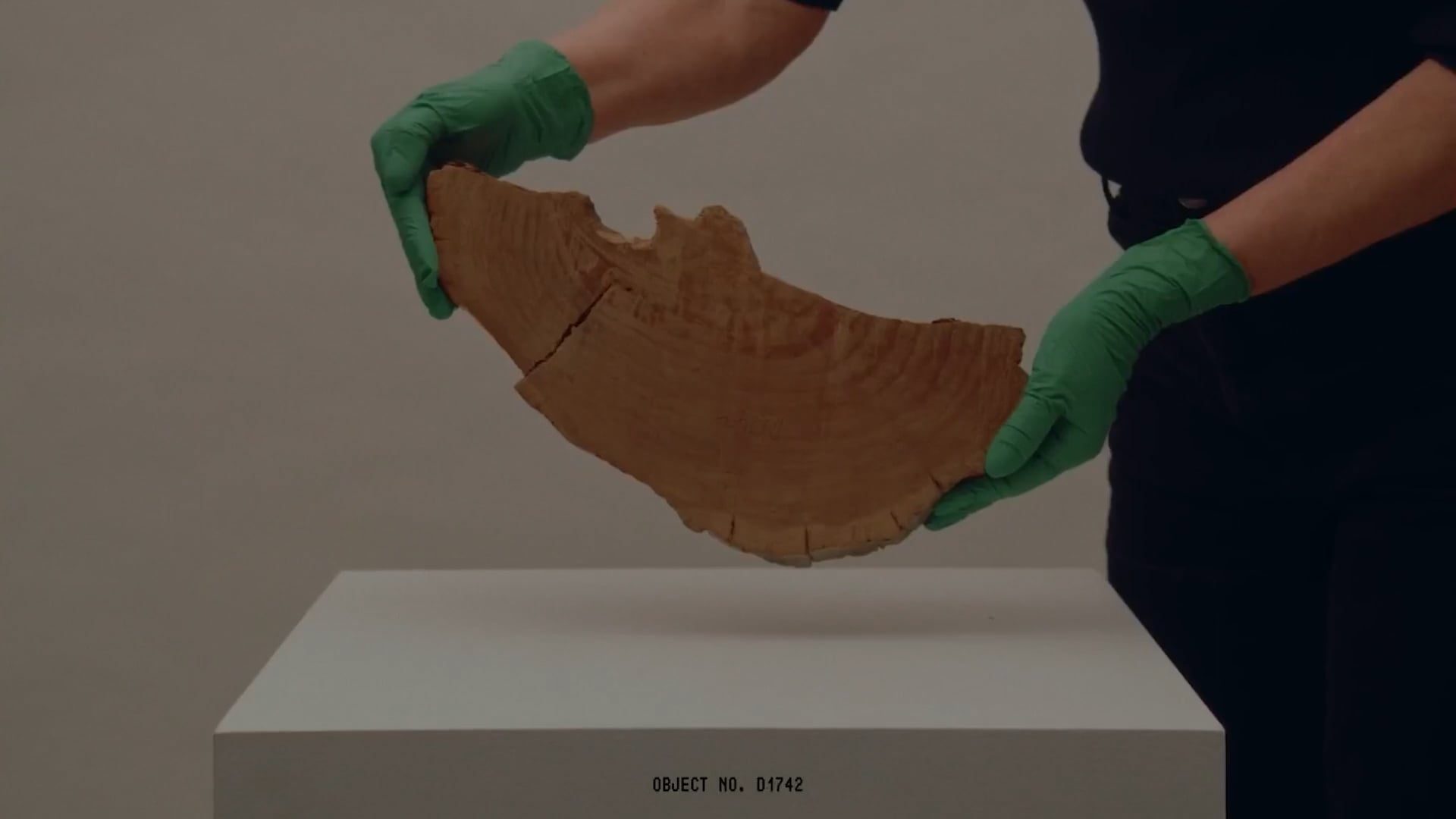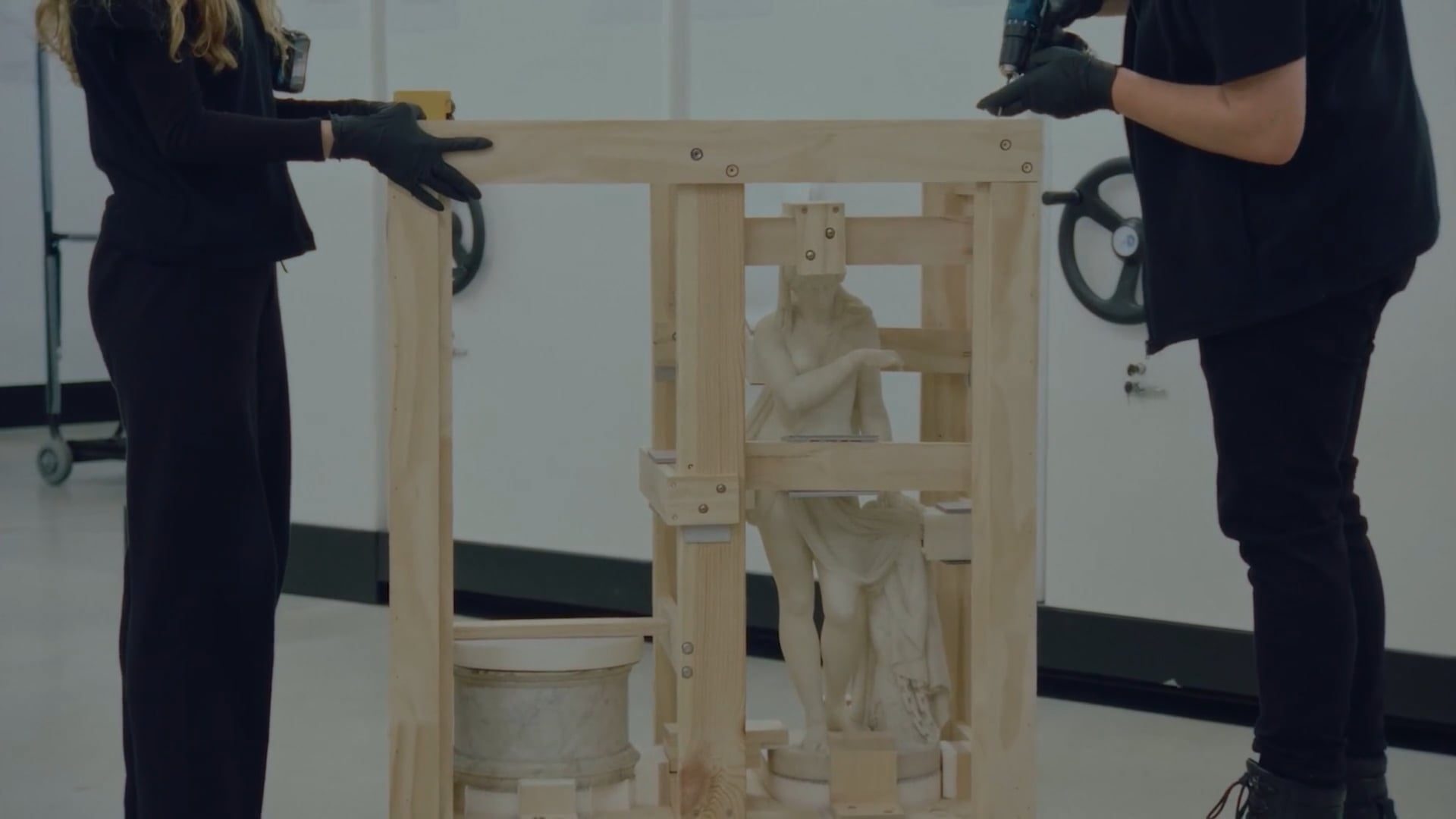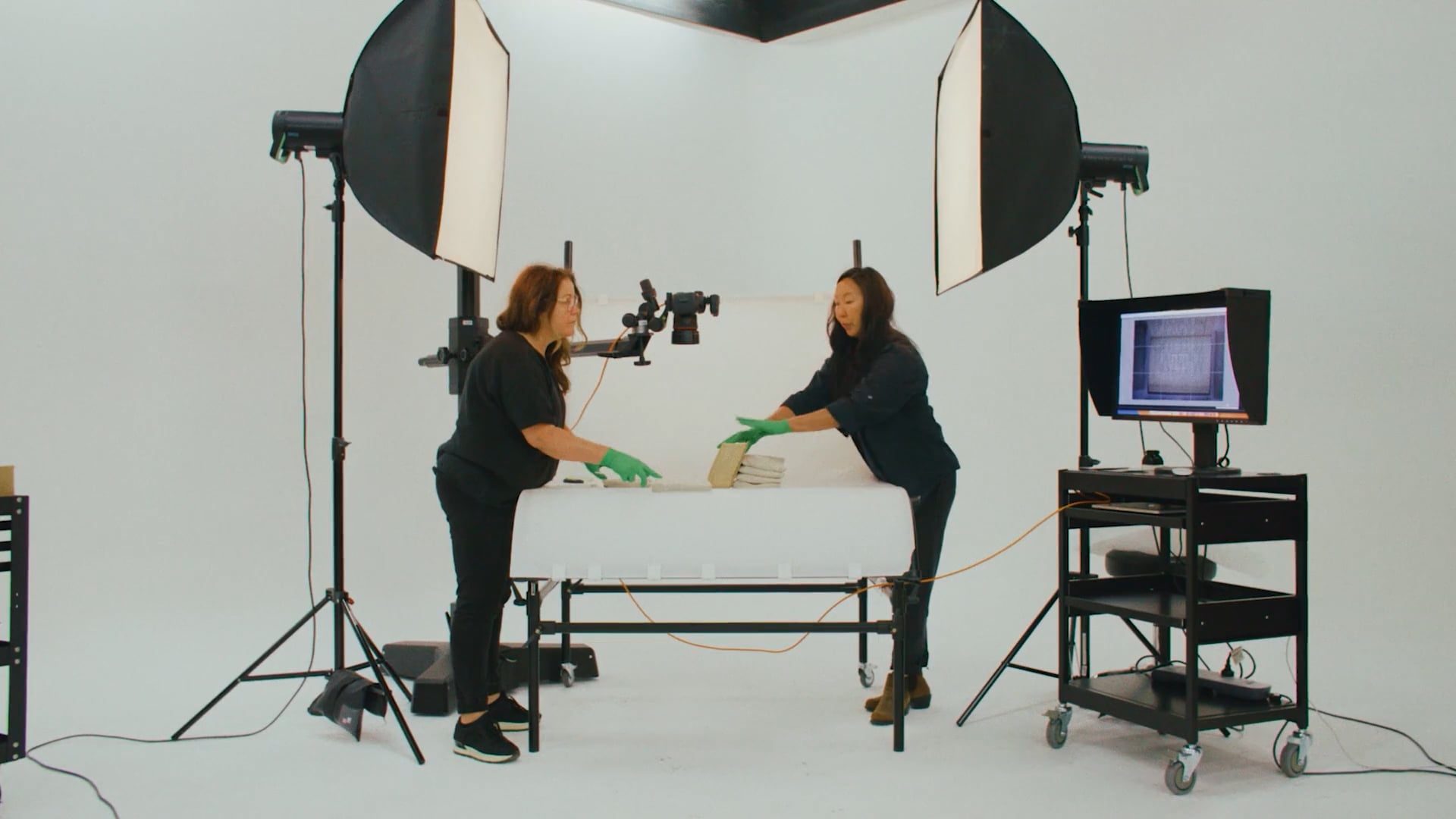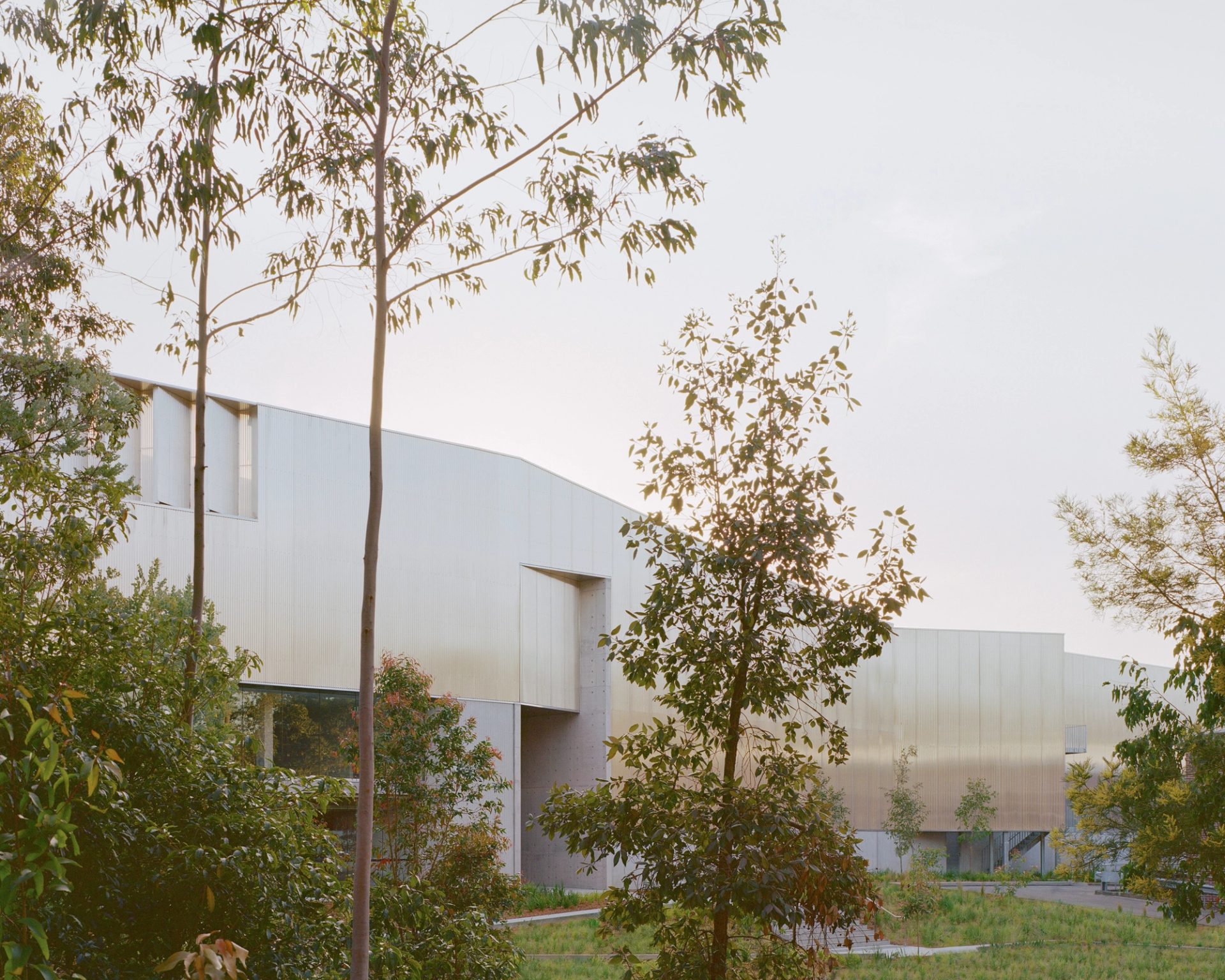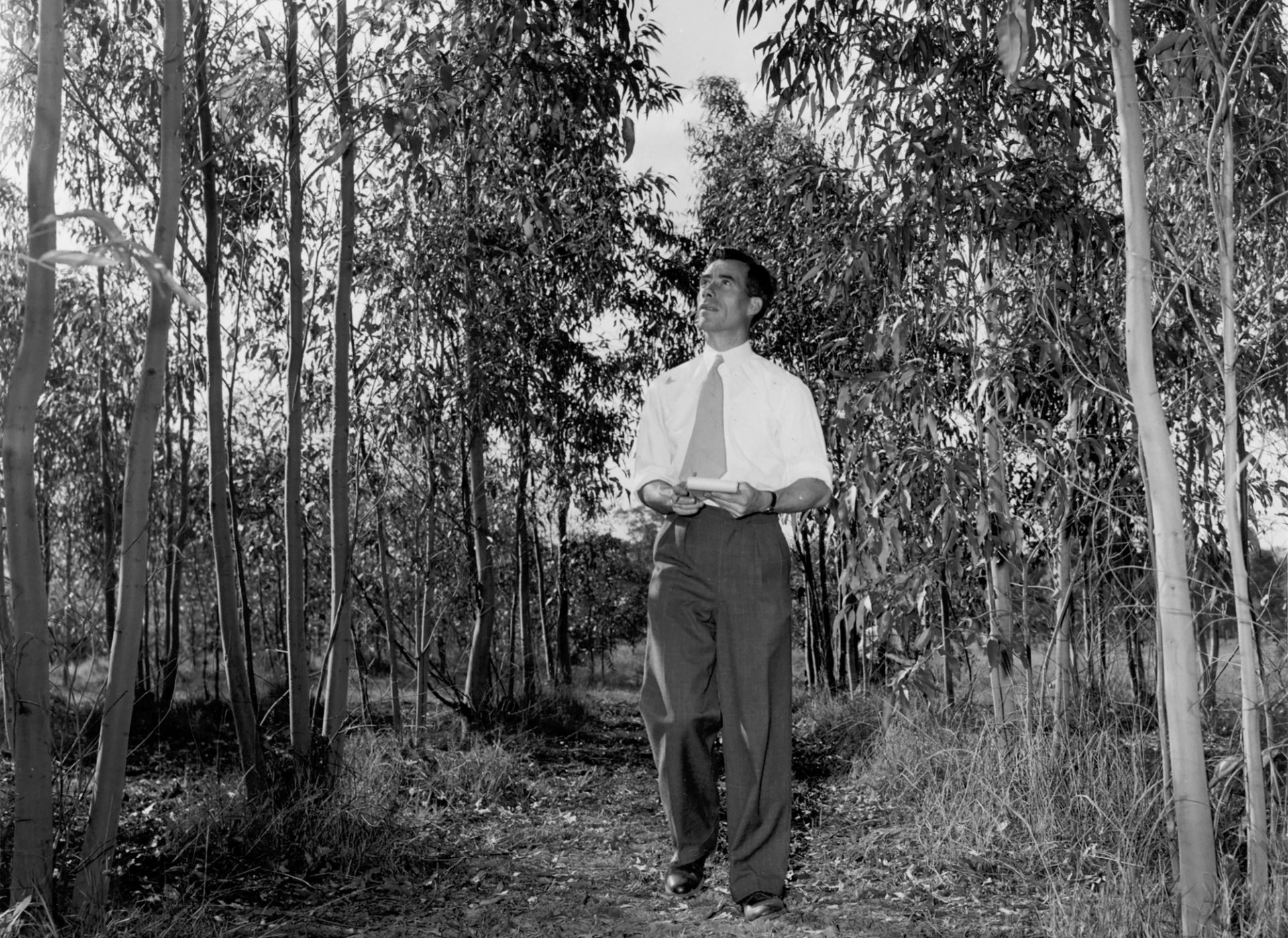Collection Registration

Come behind the scenes at Powerhouse Castle Hill and meet some of the people documenting and caring for the Powerhouse Collection.
Registrars at Powerhouse manage the documentation for the museum's collection and make sure objects in the collection are preserved and can be accessed safely. The maintain the collection management system, an important database to support collection administration for acquisitions, exhibitions, storage, loans, logistics and the archives. It holds records of each object’s legal title, history and location, along with related knowledge such as research materials and information about storage and transport requirements.
Lucy Clark
Registration Manager
‘I come from an art and history background, which has fed my passion for cultural collections. So for me, working in registration at a museum combines that love of the objects with documenting, organising and caring for them. We're also risk managers and facilitators: we make sure objects are preserved and people can access the collection safely.
There isn’t one understanding of an object — there are layers — and so the more people engage with objects in the collection and share their stories, the more we learn about the collection too.
The other facet of collection management is the contractual and legal side. Once an acquisition or gift has been approved, we process the transfer of ownership to the museum, ensuring we have the legal title to the object, and then manage the logistics to bring the object in and have it safely looked after in the collection.
After an object has been acquired, we manage the documentation for storage and research, and support objects going out on loan and being part of exhibitions. We lend objects out all around the city, state, country and world, which creates amazing opportunities for the collection to be seen by wider audiences. We facilitate objects going on loan by understanding the venues they’re going to, what they need for packing and transport, and ensuring objects can be safely displayed.’
‘The more people engage with the objects in the collection and share their stories, the more we learn about the collection too.’
‘One of the exciting things about the new building at Castle Hill is that we can store the whole collection at one site. Having this large open space gives us more opportunities for our teams to work alongside each other. We can have researchers working on some objects, exhibition teams working with designers to test out layouts for upcoming exhibitions, and registrars cataloguing new acquisitions.
The collection relocation project has been an incredible opportunity to bring in and support a lot of new museum professionals working alongside our experienced teams. It’s a huge project and it’s been fantastic to see staff learn and share that knowledge.
It’s such diverse collection and I think the sorts of things that interest me aren't necessarily aesthetic. I’m very interested in digital objects as they force us to think differently about collection, particularly variable or time-based media collections.
We've done quite a lot of work in museums grappling with what it means to own a digital object or a game. These things that aren't physical. Who do you have to talk to and consult more widely across the organisation?’
‘Registrars don’t normally need to bring IT and finance into an acquisition discussion, but we had to for our acquisition of the Jordan Gogos NFT (digital Non-Fungible Token artwork, Iordanes Spyridon Gogos x Chase Shiel x Glenfiddich NFT). As an institution of technology and innovation we need to engage with what media is, but there are also ethical questions. In that case, the NFT was a gift, not a purchase, so we weren’t getting into cryptocurrencies.
We also have a national game collecting partnership with Australian Centre for the Moving Image (ACMI) and National Film and Sound Archive (NFSA), and so part of my role was helping write the joint acquisition agreement for us to collectively acquire the Untitled Goose Game and digital assets about its creation. I'm excited by that because it is a new collaborative model where we're working across our institutions with our different expertise to ensure we can preserve it as an important moment in time for Australian gaming.’
Nicole Balmer
Registrar, Collection Documentation, Registration
‘For every object that comes in, we make sure have a legal title to it and inventory of what’s there. We get it photographed and we’ll register information about it so people can understand its importance. I think people are recognising the value of documentation more and the groundwork of registering objects in a database.
We also create digital records of backlog collections that were documented on paper before the museum had a digital database. Powerhouse went to a database in 1990, which started with creating microfiches of lots of paper records that were then sent off for data entry. We’ve found old letters between curators at branch museums describing shipments in the early 20th century, when many of the curators were botanists, geologists or zoologists. They were all about recording the practical applied use of collection objects. One of my favourites is a letter from someone in Albury suggesting they can send a turtle on a train to Sydney for the museum and then a very polite curator replying that the turtle sounds wonderful though to leave it where it is.
‘Every time we find another little bit of information about an object and add it to the records we’re helping people connect more deeply with the collection’
‘When I did Museum Studies it was all on paper, so it’s amazing to be part of the digitisation project making the collection more accessible. Now we can share more information about objects and make connections to their stories. I’m not a curator, though I just fundamentally love the museum and the collection and making information usable for people. Every time we find another little bit of information about an object and add it to the records, we’re helping people connect more deeply with the collection.
When objects are chosen for an exhibition the registration records help tell a story — and sometimes we need to dig further. There were these wax models of apples from the 1880s, for example, that had lost their association many years ago with the original registration number, so I needed to investigate where they’re from and who made them.’

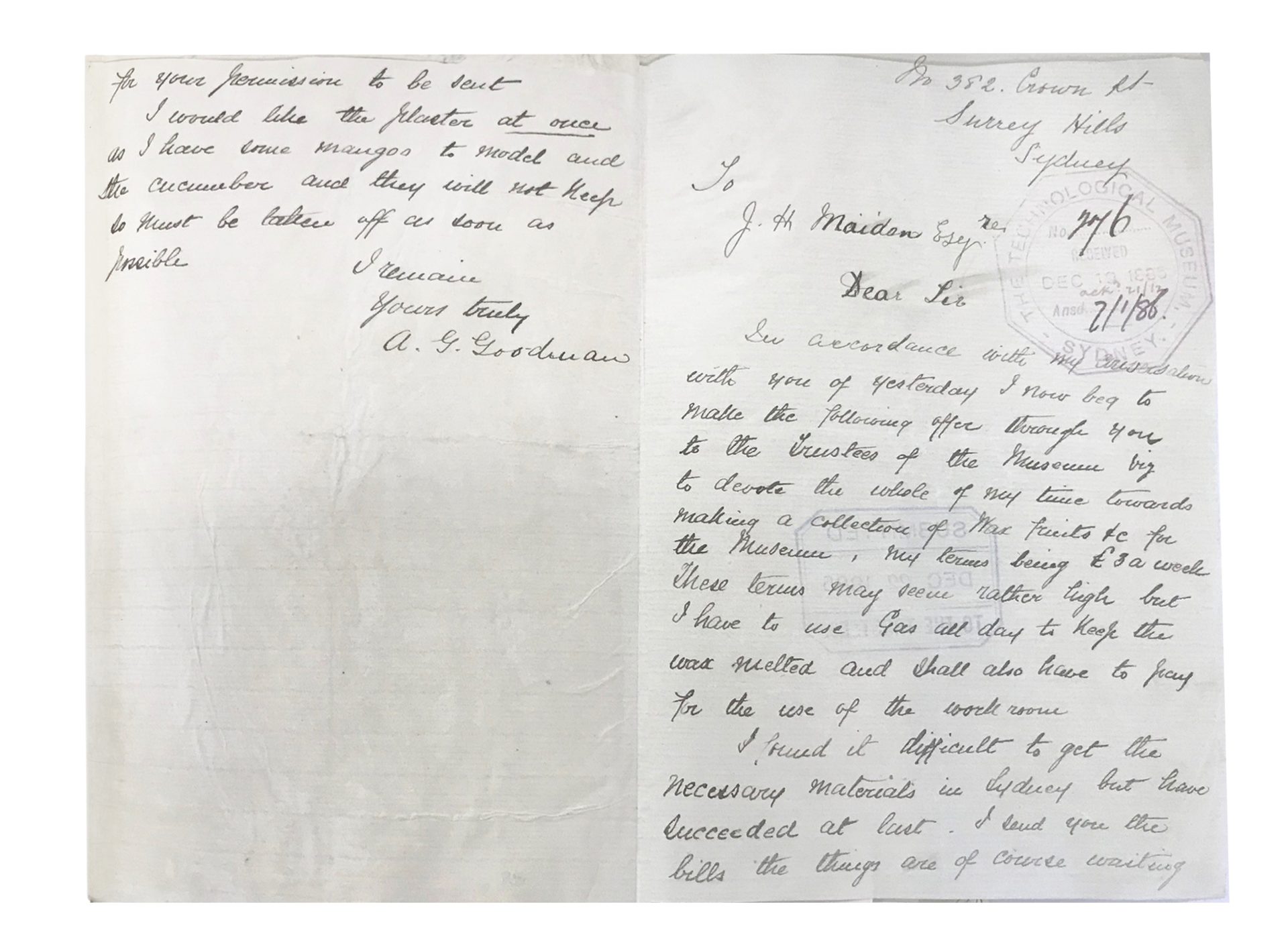
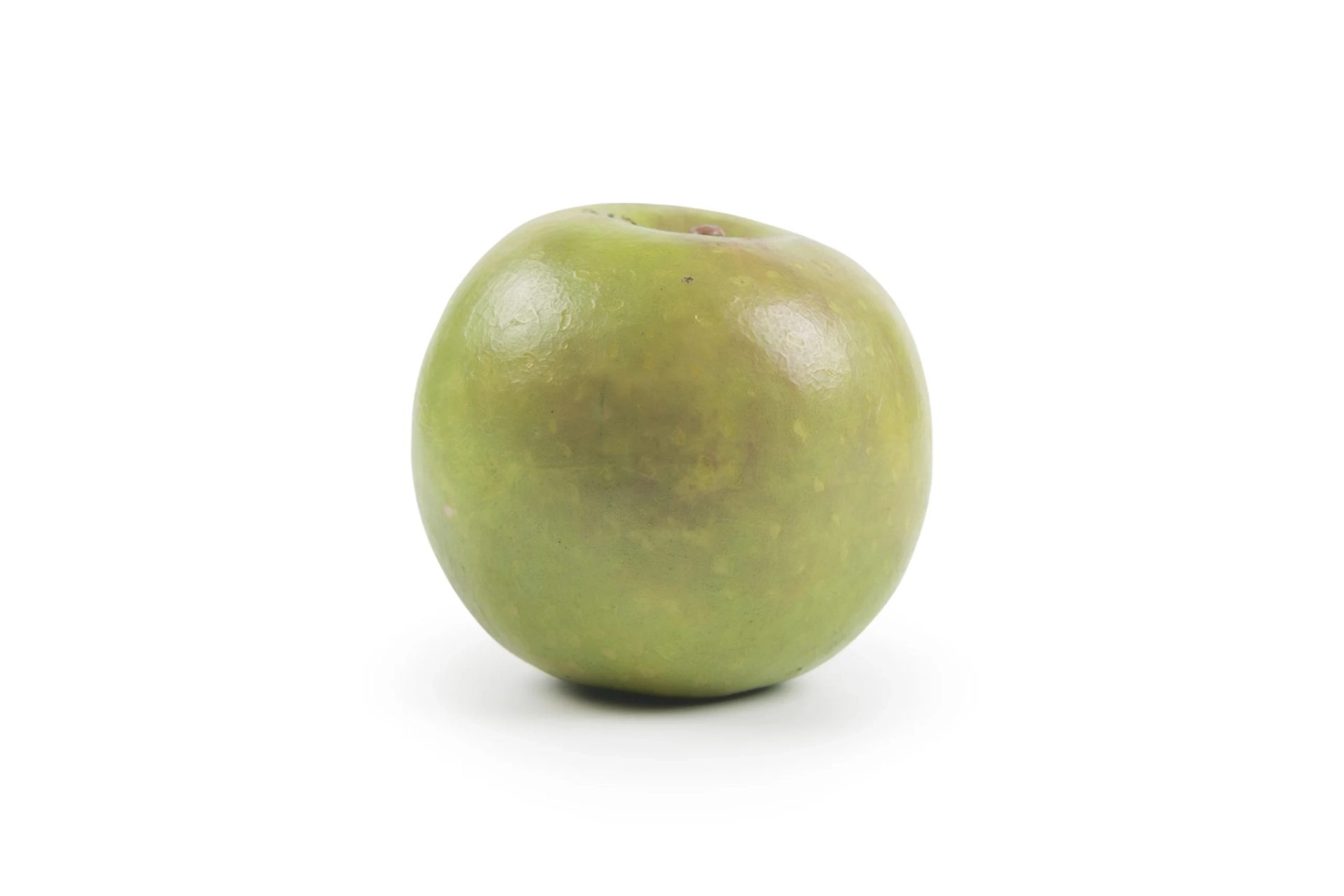
‘I found some information in the original paper documentation that said they were made by a Mr J Goodman. But when I looked through old newspapers and letters I discovered they’d actually been made by Mrs Annie Goodman, who had approached Joseph Maiden, a curator at the museum, with an offer to make wax fruit. I found some correspondence with the director of the museum where she’s haggling for the price.
She then disappeared and we found letters in the archives between Maiden and her landlady about how Mr and Mrs Goodman had been locked up for stealing, then released. Maiden organised for her to work in the museum in front of visitors, which we can see in an archive photo of her at work making the wax models. Now we have more of her story alongside the 300 models she made for the museum — it’s quite a good network of connections.’
Alison Brennan
Acting Director Collection
‘My background has always been collections registration, including the development of incoming and travelling exhibitions. I studied Fine Art though I didn’t realise registration existed as a profession until I graduated and found a job working on documentation as the first registrar at the National Trust up on Observatory Hill.
Early in my career I found I really like the variety of challenges working on exhibitions, dealing with freight and fun things like that. As a registrar, it’s almost like you’re working on a party every six months: you have a deliverable and it’s exciting; then the exhibition opens and you’re working on the next one — it’s a nice cycle of hard work and genuine happiness.’
‘I’m particularly interested in active collections — this idea that collections aren’t for hoarding (which museums have been accused of before) — we ensure objects can be seen.’
‘The first object I ever documented at Powerhouse is still one of my favourites. It’s nothing like the quite opulent materials I’d been working with at the National Trust and I’ve absolutely gone on record before saying it’s my favourite. It’s an inverted rubber tyre in the shape of a swan, painted white with red pins for eyes and a little red beak. The report from the curator explains it was a lawn decoration at the home of Mr and Mrs Johnson in St Marys, Western Sydney, and many people will remember these swans were quite popular for a while. You used to see them filled with flowers at Redfern Station on the way to town. It was part of an exhibition on the culture of cars in Australia and it’s a great example of how diverse the collection is and that everything has a place that’s meaningful.’
‘Another favourite is the Sharpies Golf House neon sign of a golfer perpetually hitting the hole in one. It used to be above a golf store near Central Station, Sydney, and my father had put it up in the 1950s when he owned a business craning signs onto the sides of buildings. He used to take us on little adventures in the car and whenever we went into town he’d point out signs he’d worked with like the Coca-Cola sign on William Street in Kings Cross and the Sharpies sign.
It’s important for society that we have museums talking about diverse objects and communities. We can talk about histories, we can ponder the current era and we can look into the future. Exhibitions are only part of what a museum does: this sector is about providing access for communities and researchers to the collections we’re entrusted with. Having the collection digitised means people know more about the huge diversity of objects we look after. I’m particularly interested in active collections — this idea that collections aren’t for hoarding (which museums have been accused of before) — we ensure objects can be seen. So it was really interesting when I sat down with the research team recently and we went through more than 40 applications from people who want to be research scholars at the museum. We take eight a year and they get a stipend to help them, along with access to parts of the collection. There are so many brilliant people in this area and I really enjoy listening to their research aims and ambitions, and how they might look at the collection with fresh eyes.
I was also fortunate to be involved as the manager of registration in the planning for the expansion of Powerhouse Castle Hill. Previously when stores for museums were built, they were basically glorified sheds with offices to one side. It was great having that opportunity to plan out the new spaces at Castle Hill, thinking about how collection objects travel into, through and from a museum, and how these spaces can support collaboration. Our new store in Building J is much more than a store: we have specialist spaces for our teams in conservation, digitisation, registration, logistics and research, which give us this seamless flow when people are accessing, viewing or working with objects. I’m genuinely excited about how brilliant this building is — and its design is beautiful.’
About
The facilities at Powerhouse Castle Hill are purpose-built to present new exhibitions and programs and support the work of the museum’s curatorial, research and conservation teams alongside the Powerhouse Collection.
The entire collection of more than half a million objects is housed in one location. Originally a botanical research station, the site has evolved since the late 1970s to house specialised museum collection facilities, including the Museum Discovery Centre.
Building J, the newest and largest (8135sqm) of seven collection facilities, opened in 2024. It includes a huge presentation space, climate-controlled collection store and conservation lab, research workspaces and photography studios, all designed to help protect and share the objects’ stories across the generations.
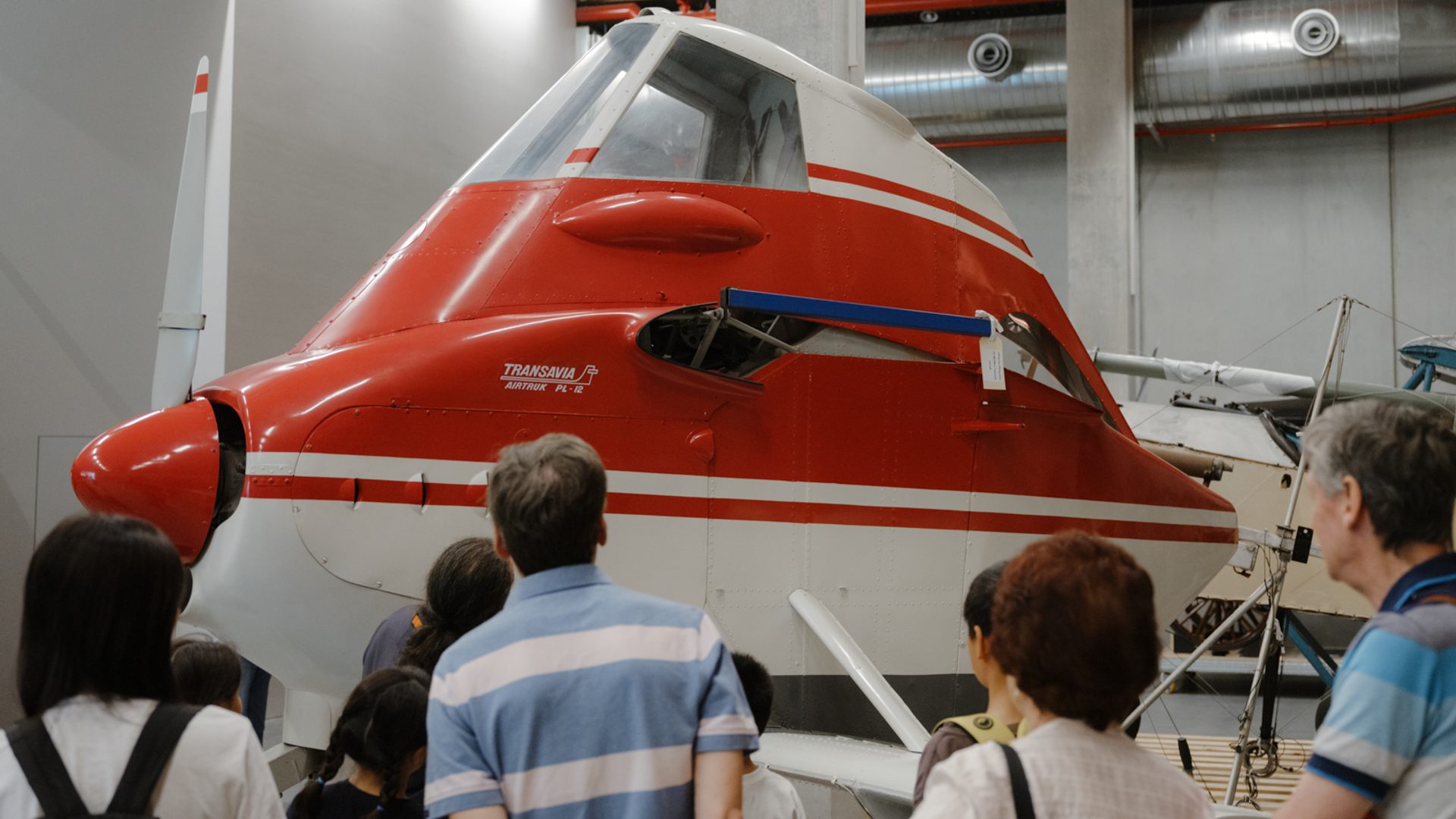
Powerhouse Collection
Since 2019, more than 338,000 objects (including many from the Powerhouse Archives) have been digitised to date and are now available to view online.
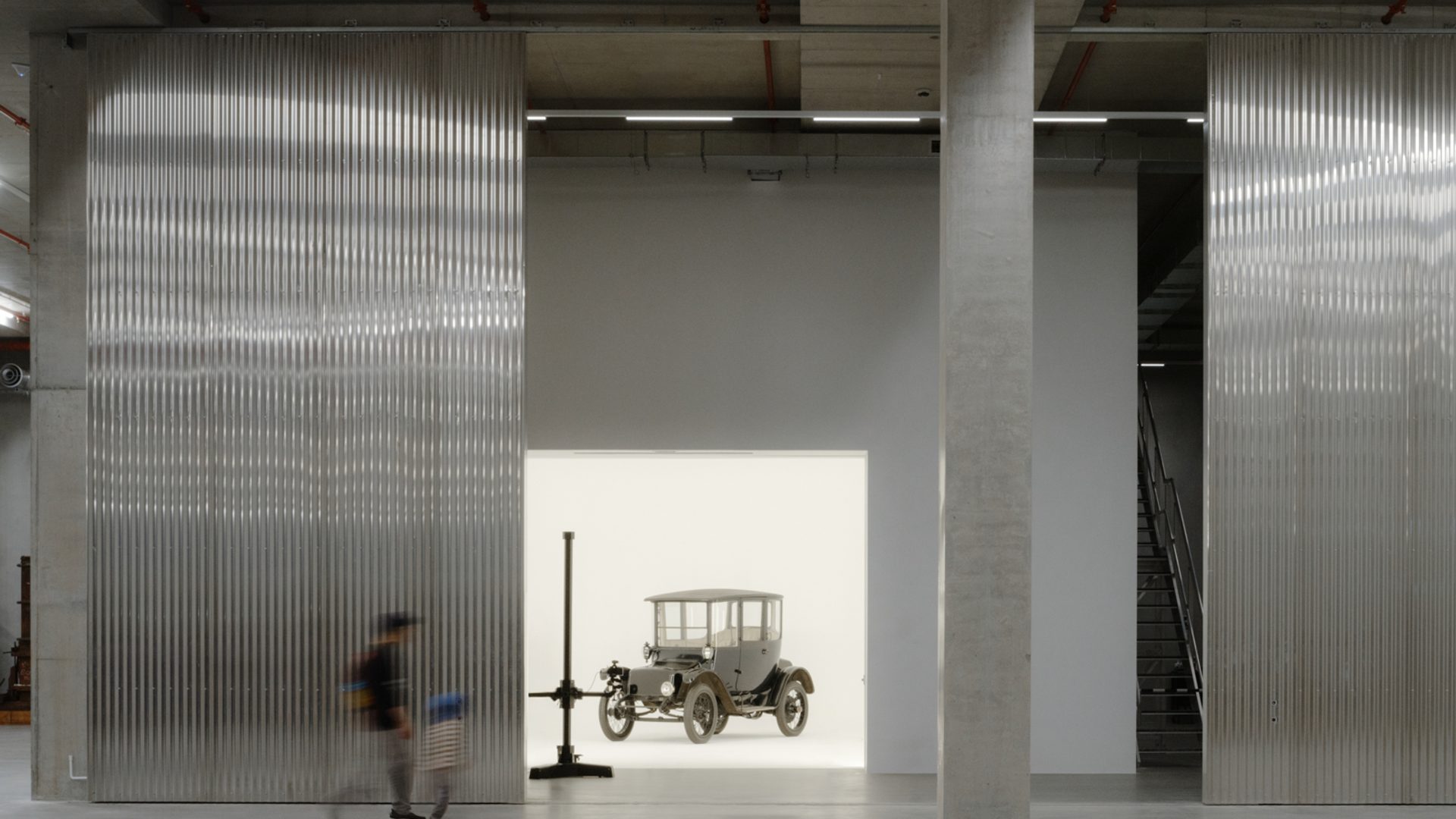
Powerhouse Castle Hill
Located on Dharug land. A storehouse for the Powerhouse Collection supporting research and conservation, presenting exhibitions and programs.
